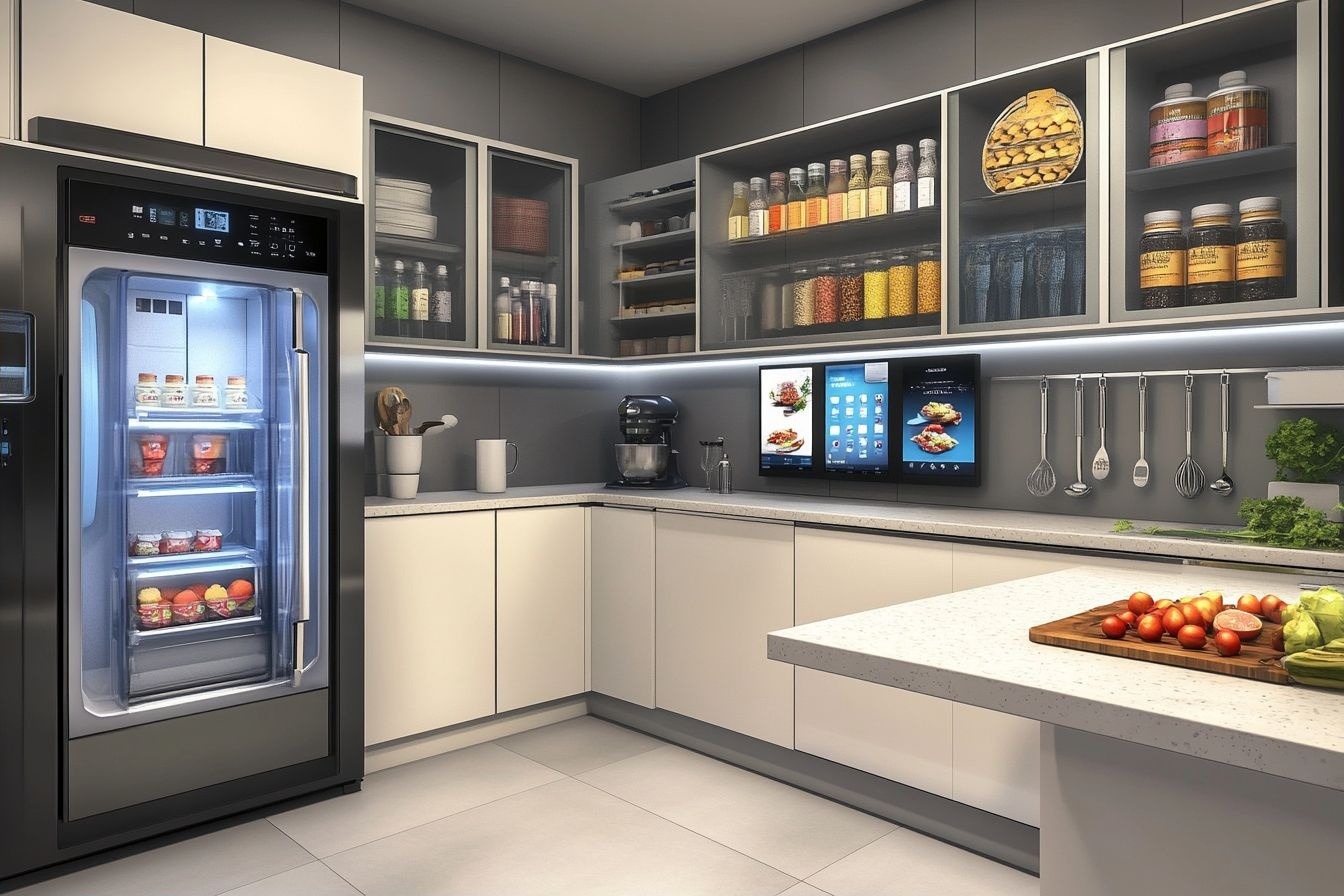Choosing durable tableware for everyday use
Selecting durable tableware for daily meals balances practicality with aesthetics. Durable pieces withstand regular use, simplify cleaning and maintenance, and support sustainable choices. This short overview highlights key factors to consider so you can equip your kitchen with dependable items suited to mealprep, hosting, and everyday routines.

Everyday tableware needs to be functional, resilient, and suited to how you cook and host. Durable choices reduce replacements and often save time on cleaning and maintenance. When you pick items designed to endure frequent use—whether plates, bowls, utensils, or serveware—you create a consistent, practical foundation for mealprep, casual hosting, and efficient pantry and kitchen layout planning. Consider how materials, ergonomics, and storage will interact with your appliances and daily habits.
How do cookware and tableware materials compare?
Material matters for longevity and performance. Porcelain and stoneware resist chipping and are widely used for plates and serveware, while tempered glass offers a nonporous surface that’s easy to clean and works well for storage and baking. Melamine and high-quality plastics are lightweight and impact-resistant for everyday family use, though heat exposure near appliances should be avoided. Stainless steel excels for utensils, some serveware, and cookware because it resists corrosion and handles repeated washing. When evaluating materials, weigh durability against cooking needs, appearance, and sustainability goals.
What layout, storage, and organization work best?
A practical kitchen layout protects tableware and extends life. Store frequently used items at arm’s reach in cabinets near prep surfaces and appliances to reduce handling. Use dedicated shelves or drawer inserts for plates and bowls, and clear, labeled containers in the pantry for related items like napkins or disposable options. Vertical storage, plate racks, and padded separators prevent chipping, while stackable serveware saves space. Thoughtful organization minimizes accidental drops and makes cleaning and maintenance routines easier, which contributes to longer-lasting tableware.
How do ergonomics affect utensils and appliances?
Ergonomic design improves comfort during mealprep and serving. Look for utensils with balanced weight, comfortable grips, and handles sized to your hand to reduce strain during repetitive use. For appliances that interact with tableware—such as dishwashers or warming drawers—choose tableware that fits standard racks and won’t wobble during cycles. Ergonomics also applies to serveware: handles and spouts should allow controlled pouring and serving. Good ergonomics reduce the chance of mishandling, which helps preserve finishes and structural integrity.
What cleaning and maintenance practices help durability?
Regular, appropriate cleaning is crucial. Rinse off acids and salt promptly to avoid surface damage on metals and glazed finishes. Follow manufacturer guidelines for dishwasher use: some ceramics and decorated pieces may fare better by handwashing. Use nonabrasive cleaners and soft sponges to protect glazes and nonstick coatings. For stainless steel, polish occasionally to remove water spots; for wooden utensils and boards, apply food-safe oil to prevent drying and cracking. Routine maintenance extends usable life and supports sustainability by delaying replacements.
How to choose serveware, mealprep, and hosting essentials
Match serveware to typical hosting needs: larger platters and bowls for shared dishes, heatproof options for oven-to-table serving, and stackable pieces for compact storage. For mealprep, choose a set of nesting containers that are dishwasher-safe and compatible with your appliances for reheating. Consider multifunctional pieces—like oven-safe dishes that double as serving platters—to reduce the number of items you store. When hosting, select pieces that balance durability with presentation so you can entertain without undue worry about fragile items.
Sustainability, pantry considerations, and long-term value
Durability ties directly to sustainability. Choosing materials that last and are repairable or recyclable can reduce waste over time. Maintain a modest pantry of replaceable basics—sturdy utensils, a reliable set of plates, and multipurpose serveware—rather than accumulating single-use or trend-based pieces. Track wear and plan maintenance so items reach their expected lifespan. Investing in quality where it counts (cutlery, main plates, key cookware) while using practical, economical options for backups often delivers the best long-term value.
Choosing durable tableware for everyday use means assessing materials, ergonomics, storage, and maintenance together. Thoughtful layout and organization, along with consistent cleaning practices and attention to sustainability, result in a cohesive kitchen setup that supports mealprep, hosting, and everyday routines without frequent replacements.





